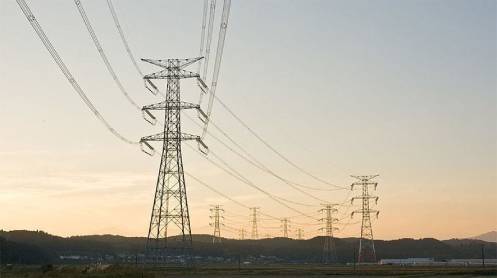ISLAMABAD: The power sector debt surged to Rs2.635 trillion between July 2023 and January 2024, marking a 14 percent increase from the previous year, according to data from the Power Division.
At the end of the fiscal year 2022-23 in June, the sector’s total debt stock stood at Rs2.31 trillion. Despite government efforts to retire some debt of Independent Power Producers (IPPs) and raise the power base tariff, the debt grew by Rs46.42 billion (or $166 million) each month.
A drive against power theft, championed by the caretaker government, fell short of its intended impact, as the circular debt continued to escalate. This trend highlights persistent inefficiencies in the energy system, particularly in power generation, distribution, and dues collection.
During this period, payables to power producers surged by Rs326 billion to Rs1.76 trillion. State-owned generation companies (GENCOs) saw their payables to fuel suppliers reach Rs111 billion. The debt parked in Power Holding Limited (PHL) remained at Rs765 billion, unchanged from June 2023.
The inefficiencies of power distribution companies (DISCOs) have significantly burdened the financial health of the power sector due to high losses and low bill recoveries. These shortcomings in power transmission and distribution hinder the sustainable provision of energy services, resulting in elevated energy prices and increased business costs.
From July to January 2023-24, DISCOs incurred losses and inefficiencies, along with non-recoveries of bills, contributing Rs284 billion to the circular debt. This accounted for over 87% of the total addition of Rs325 billion to the overall debt stock. DISCOs’ losses and inefficiencies amounted to Rs86 billion, while low bill recoveries added Rs198 billion during this period.
The breakdown of circular debt additions shows that Rs72 billion was due to interest payments to power producers on delayed payments. The debt in Power Holding Limited, which stands at Rs765 billion, did not see additional interest payments added to the circular debt, as it is being serviced by power consumers through a per-unit debt servicing surcharge.
Additionally, Rs214 billion was added to the circular debt due to delays in recovering generation costs through quarterly and monthly fuel charges adjustments. An extra Rs11 billion was added due to non-payment by K-Electric. The government noted that Rs356.9 billion is receivable from K-Electric as of January 2024, pending resolution of a subsidy dispute.
The continued increase in circular debt indicates escalating inefficiencies within the power sector, emphasizing the urgent need for comprehensive reforms to address these financial challenges and ensure sustainable energy provision.







